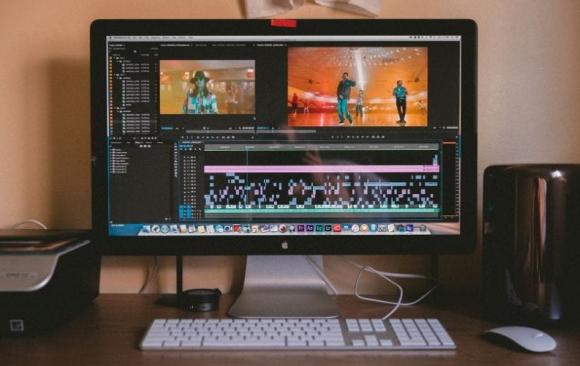


Now that you've mastered the technical aspects of video editing, it's time to understand the art of editing. Creating a compelling edit lies in the speed of your cuts. This is also known as pacing and rhythm.
Pacing occurs when an editor varies the shots' length and guides viewers in their emotional response to the scene. Rapid pacing suggests intensity and excitement. Slower pacing is more relaxed and thoughtful. Rhythm is more intuitive and adds to the pacing of your edit. It also requires the length of shots to vary. When establishing rhythm, avoid abrupt transitions, audio pops, unbalanced shots, and shots without proper white balance.
While there are countless kinds of edits you can use to tell your story, here are three types of cuts you can incorporate to build tension in a scene, progress your story, and aid in developing characters.